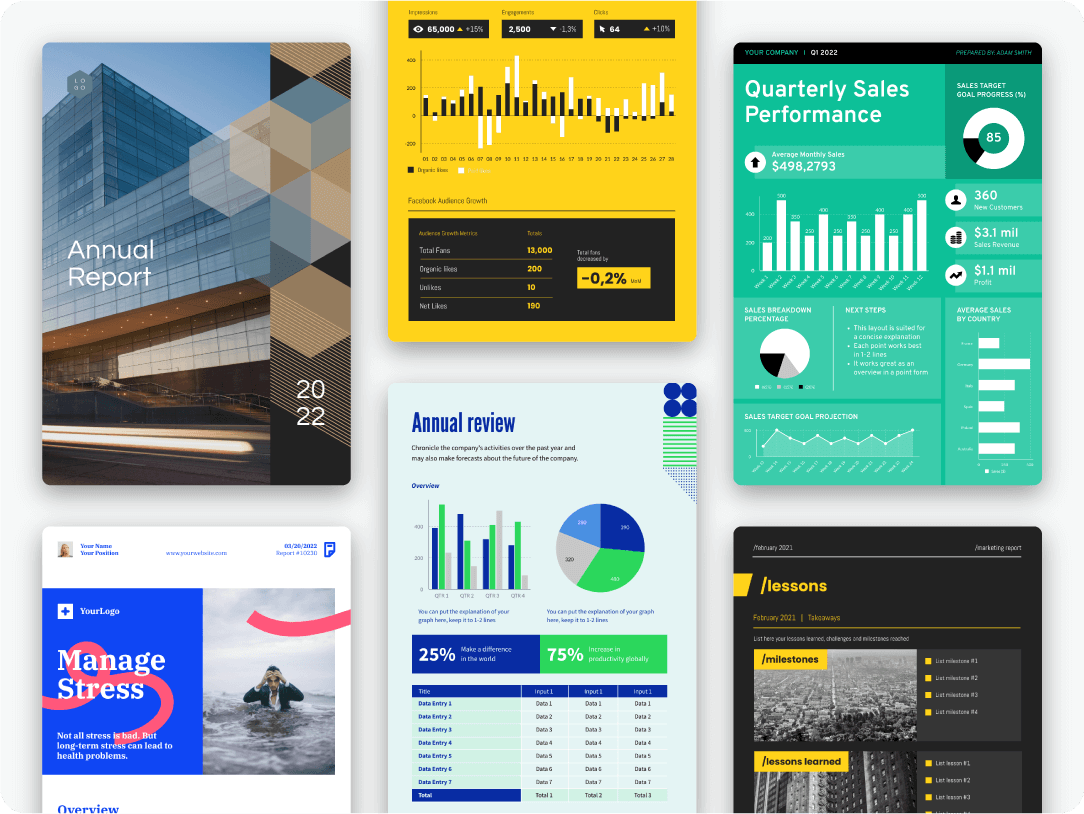On Piktochart, the Chart Wizard helps you to select the method of data visualization which you could use for your data set.
You could explore it on the go by signing up for free on Piktochart.
This is a little insight to how Wizard does that:
Data is usually commonly shown in the 3 formats below:
- Univariate – x only (contains only one axis of information)
- Bivariate – x and y (contains two axis of information)
- Trivariate – x, y, z (contains three axis of information)
Wait a minute, still don’t get it? Attached below is an example that shows the difference between uni, bi and trivariate data formats.
There are some data formats which are suitable for univariate, bivariate and trivariate. Among them:
Univariate
- Line charts
- Bar charts
- Stacked bar charts
- Scatter plots
- Percentages
- Candle chart
Bivariate
- All of the above
- Area chart
- Histogram
Trivariate
- All of the above (in univariate)
- Bubble chart
- Geo Map combined with one of the above
- Tree Map
We have not mentioned several in the list above for the methods of visualizations that we are planning to develop in the total of 20. Are any of the above your favourites? I generally find more success with uni or bi, while trivariate requires quite a lot of “digestion” from the users. Which form of data do you usually display?
Piktochart offers professional templates for presentations, reports, infographics, posters, flyers, and more. Get started by creating a free account.



